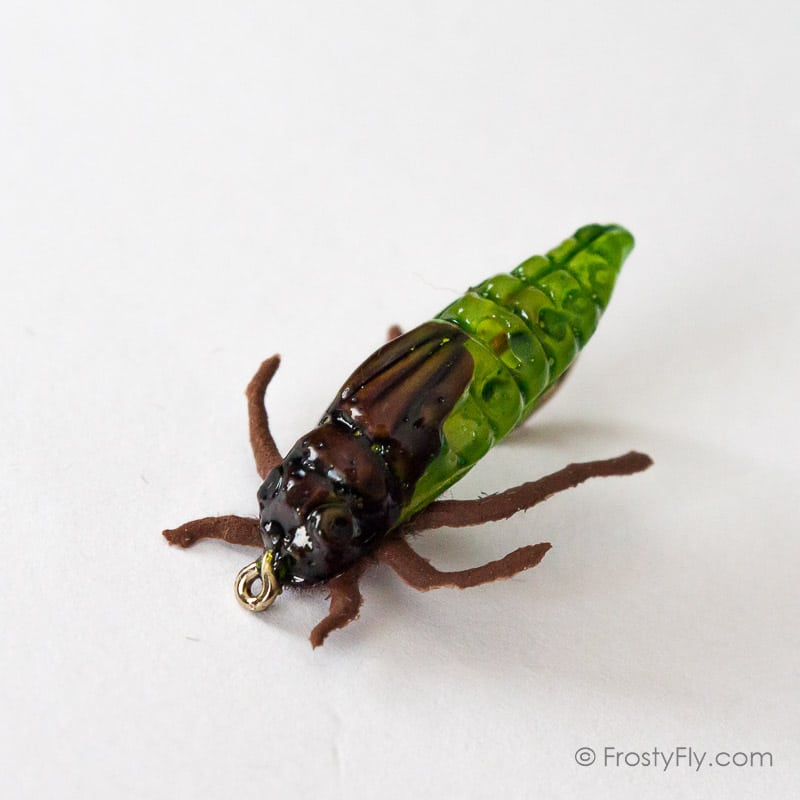

Scientists are also still sorting out the evolutionary tree, particularly whether the large Tipulidae family should be split into several different families. “Behaviorally, I’d say crane flies aren’t super complex in comparison to even some other fly families, but there are a lot of these adaptations - including mimicry of ichneumonid wasps and other things - that really need study and will take somebody spending some time in the field and observing to figure out.” “They seem to be hanging upside-down from the spider web, holding onto the threads of the web without being caught in it,” he said. Gelhaus has also seen members of another tropical species in Peru that sandwich themselves between the surface of a stream and a suspended spider web. We really don’t know what they’re doing in those situations.” “If you disturb them, they will fly away, but then in a little while they will re-aggregate back into those areas. “Whole groups of individuals will all be flying around together, sometimes bouncing at a constant level,” he said. For instance, Gelhaus has seen both males and females of several tropical species aggregate together in dark areas. The males of other species will simply flit around their habitat with their forelegs outstretched, presumably using a contact pheromone to seek out females. Some crane fly species engage in all-male swarms that apparently attract females, Gelhaus said.

Scientists are also uncertain about courtship and communication. The males in some of the groups have antennae with really elongate segments compared to females, but we don’t know what the purpose of that is.” For example, according to Bertone, “Most of the crane flies have big eyes, but we don’t know how good their vision is and how much that’s used to sense where they’re going. entomologist Charles Paul Alexander (1889- 1981), who described a whopping 11,000 crane fly species during his illustrious career - a multitude of questions remain. In fact, for many species, we have never seen the larvae.”Īlthough scientists have a greater understanding of adults - thanks in great part to the work of U.S. “Some of them have inflatable rear ends that they use to move through soil more easily, some have fringed setae on the end to break the water tension, and some have these weird creeping structures, sort of like caterpillar prolegs with hooks on them, so it’s extremely variable. “There are lots of crazy morphologies there,” said Bertone. The big differences between species, however, are found among the larvae. The tiniest ones have bodies that are mere millimeters in length, while the largest can be more than two inches long with leg spans topping 10 inches. “The smallest crane fly in the world could probably stand on the head of the biggest crane fly in the world,” Bertone said. Crane flies are diverse in wing pattern, color, and size. They have a narrow body with two long and slender wings, as well as six stilt-like legs that can be twice as long as the body. The 15,000 or so known true crane flies in the family Tipulidae also share a somewhat similar appearance to mosquitoes. Crane flies spend most of their time as larvae living underwater in streams, the edges of ponds, within wet logs, or in other damp places, and then they emerge as adults for a quick mating spree before dying. The slight diet is fine because adult crane flies typically live just a matter of days. “A number of them have independently evolved long mouthparts, and they’ll visit flowers to take up nectar.” “Some can sponge up liquids, such as dew and honey water, but we don’t see them do that much,” he said. In fact, many of the adult crane flies eat very little, if at all, according to Jon Gelhaus, PhD, a fellow crane fly specialist and curator in the Department of Entomology at the Academy of Natural Sciences of Drexel University. So no, none are blood-feeding, and none of them attack people.” “They just don’t have the mouthparts for it. “There has yet to be found a predatory adult crane fly,” said Matthew Bertone, PhD, a crane fly specialist and extension associate with the North Carolina State University Department of Entomology. And it’s harmless.Īlthough the Internet abounds with reports of adult crane flies biting or stinging, they do neither. That inch-long, gangly-legged insect that sneaks into your house and bounces around the walls and ceiling is a crane fly, and despite rumors to the contrary, it is neither a predator of mosquitoes nor a colossal mosquito.


 0 kommentar(er)
0 kommentar(er)
